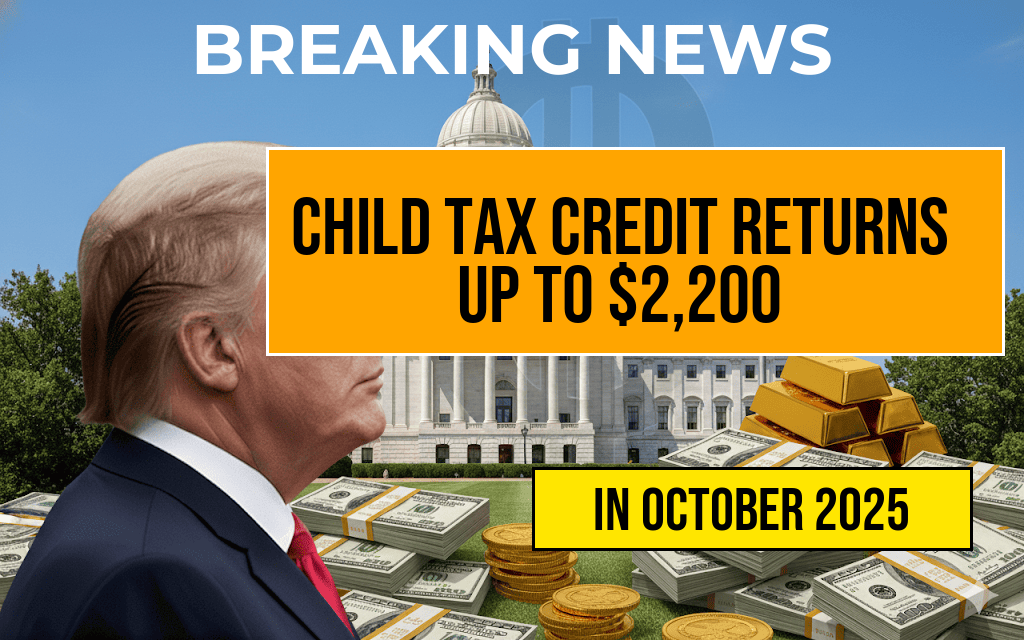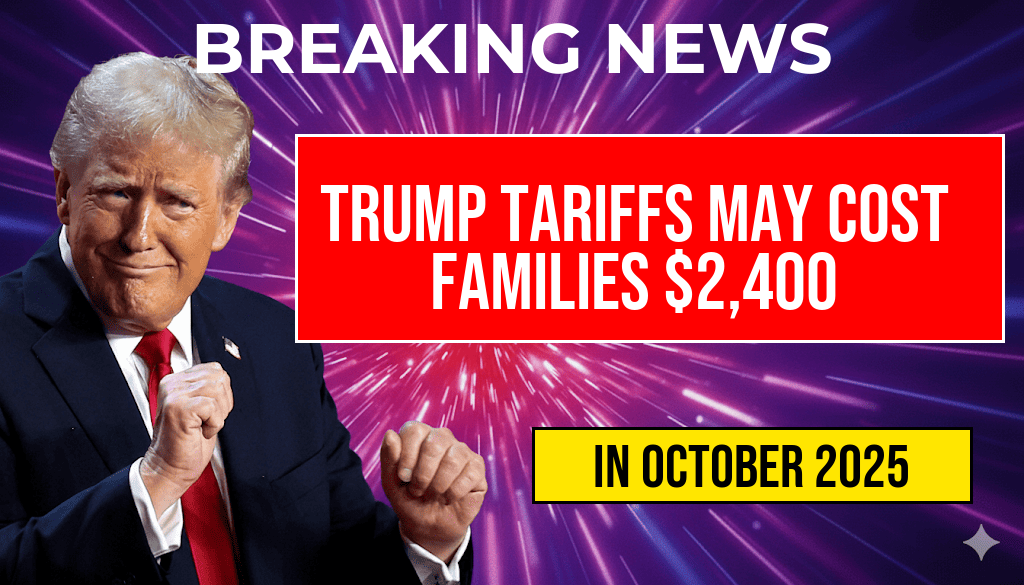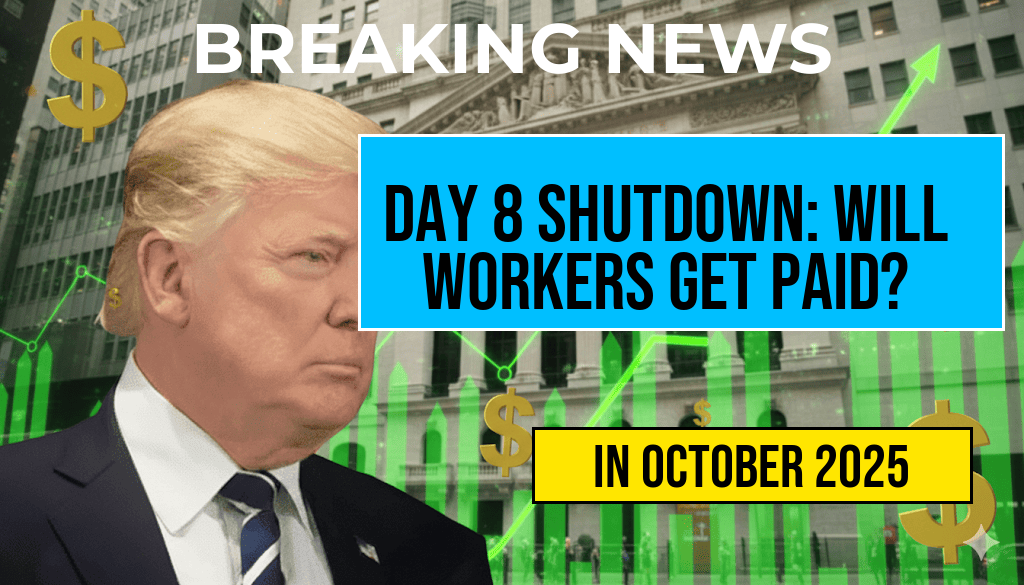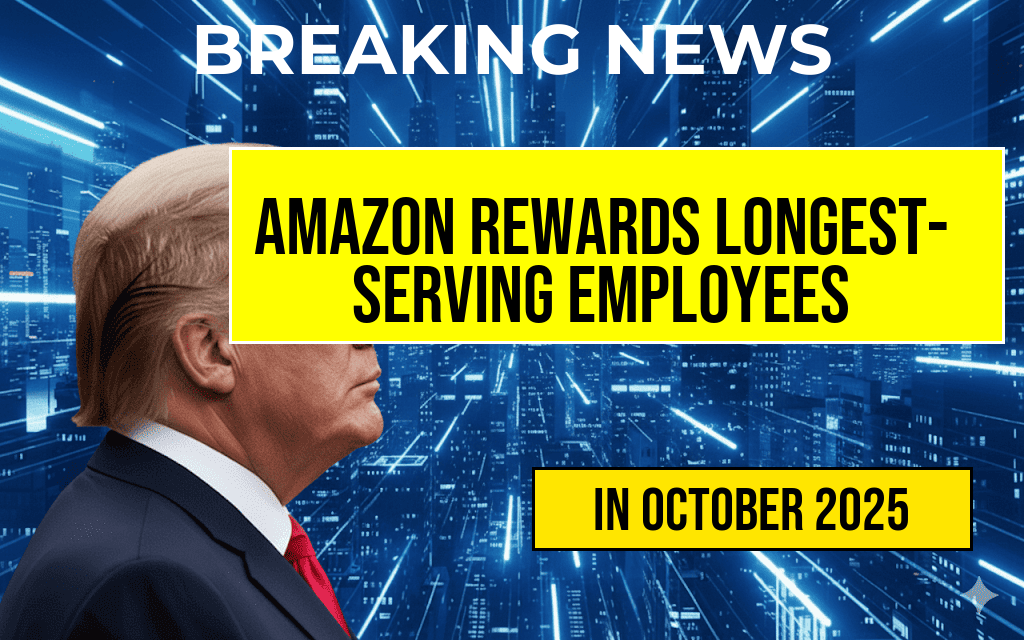Recent analyses suggest that the ongoing implementation of tariffs under former President Donald Trump’s trade policies could impose an average annual cost of approximately $2,400 on American families. This financial burden, often termed the “Turbulence Tax” by economists and consumer advocates, reflects a complex interplay of increased prices for imported goods, disrupted supply chains, and higher manufacturing costs that ripple through everyday expenditures. While tariffs are primarily designed to protect domestic industries, their broader economic impact extends beyond factory floors, affecting everything from groceries to electronics. As policymakers debate the future of trade strategies, understanding how these tariffs translate into tangible costs for households becomes crucial. This article explores the mechanisms behind these costs, examines which sectors are most affected, and considers the broader implications for consumers across the United States.
The Mechanics Behind the ‘Turbulence Tax’
Tariffs are taxes levied on imported goods, intended to make foreign products more expensive and bolster domestic manufacturing. However, these costs rarely stay confined to the supply chain. Instead, they often cascade through the economy, leading to higher prices for consumers. Experts estimate that the tariffs imposed during Trump’s presidency, especially on Chinese imports, have significantly increased costs for a wide range of goods, including electronics, clothing, and household items.
Research from the U.S. Census Bureau indicates that tariffs on billions of dollars worth of goods have contributed to a measurable uptick in consumer prices. The Congressional Budget Office (CBO) has noted that these tariffs have caused a modest but persistent inflationary pressure, which, when compounded over a year, results in the average household paying roughly $200 to $300 more annually for everyday items. When considering the broader scope of affected sectors and ancillary costs, estimates rise to an average of $2,400 per family annually.
Impact Across Key Sectors
Electronics and Appliances
- Tariffs on imported electronics, such as smartphones and laptops, have led to higher retail prices.
- Manufacturers face increased costs, often passed directly to consumers.
Clothing and Footwear
- Tariffs on textiles and apparel have driven up retail prices by an estimated 5–10%.
- Consumers are paying more for everyday essentials and seasonal clothing.
Food Products and Groceries
- Tariffs on imported agricultural products and foodstuffs have contributed to rising grocery bills.
- Higher transportation costs for imported goods further escalate retail prices.
Furniture and Home Goods
- Imported furniture and household items have become more expensive due to tariffs on raw materials and finished products.
- Consumers pay a premium for higher-quality or imported brands.
| Sector | Additional Annual Cost per Family |
|---|---|
| Electronics & Appliances | $600 |
| Clothing & Footwear | $400 |
| Groceries | $700 |
| Furniture & Home Goods | $300 |
Broader Economic Consequences
The “Turbulence Tax” extends beyond direct price increases. Supply chain disruptions caused by tariffs have led to shortages and delays, further inflating costs for manufacturers and consumers alike. Small businesses, which often operate on tight margins, are particularly vulnerable as they face higher procurement expenses and decreased competitiveness.
Furthermore, some experts argue that tariffs contribute to a climate of economic uncertainty, discouraging investment and innovation. According to the Wikipedia entry on trade wars, prolonged trade tensions can diminish global economic growth and destabilize markets, ultimately affecting job security and income levels for American workers.
Policy Debates and Consumer Perspectives
As the Biden administration and Congress evaluate trade policies, many consumer advocates emphasize the importance of balancing national security and industry protection with the financial well-being of American families. While tariffs aim to reduce dependence on foreign manufacturing and address unfair trade practices, critics argue that the broader economic costs often outweigh the intended benefits.
Recent polling indicates that a majority of Americans perceive rising prices as one of the most tangible impacts of tariffs, influencing household budgets and purchase decisions. For families already managing inflationary pressures from other fronts, an additional $2,400 annually can strain budgets and alter consumption patterns.
Looking Ahead: Navigating the Cost of Trade Policies
As discussions about future trade strategies continue, understanding the real-world impacts of tariffs remains vital. Policymakers must weigh the protection of domestic industries against the potential economic burdens placed on households. The “Turbulence Tax” serves as a reminder that trade policies are interconnected with everyday life, influencing not just markets but the financial stability of American families.
For more insights into how tariffs influence the economy, visit Forbes or explore the comprehensive overview provided by Wikipedia’s trade policy article.
Frequently Asked Questions
What are the Trump tariffs and how do they affect families?
The Trump tariffs are additional taxes imposed on imported goods during President Trump’s administration. These tariffs can lead to higher prices on everyday products, ultimately impacting family budgets.
How could the ‘Turbulence Tax’ cost families $2,400 annually?
The ‘Turbulence Tax’ refers to the increased costs resulting from tariffs, which may add up to approximately $2,400 per year for an average family due to higher prices on goods and services.
Which goods and services are most affected by these tariffs?
Imported goods and services such as electronics, clothing, appliances, and certain food products are most affected, leading to increased costs that can impact household expenses.
Can families avoid the additional costs caused by tariffs?
While some strategies like shopping locally or choosing alternative products may help, many of the costs are embedded in the prices of everyday essentials, making it challenging for families to fully avoid the impact.
What are the broader economic implications of the ‘Turbulence Tax’?
The ‘Turbulence Tax’ can slow economic growth, reduce consumer spending, and lead to increased inflation, all of which can further strain family finances and overall economic stability.










